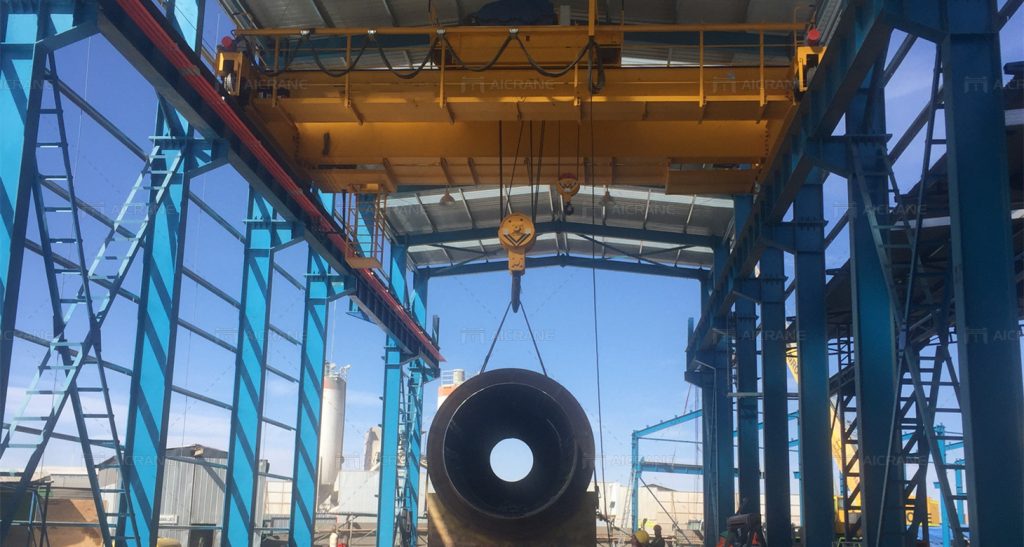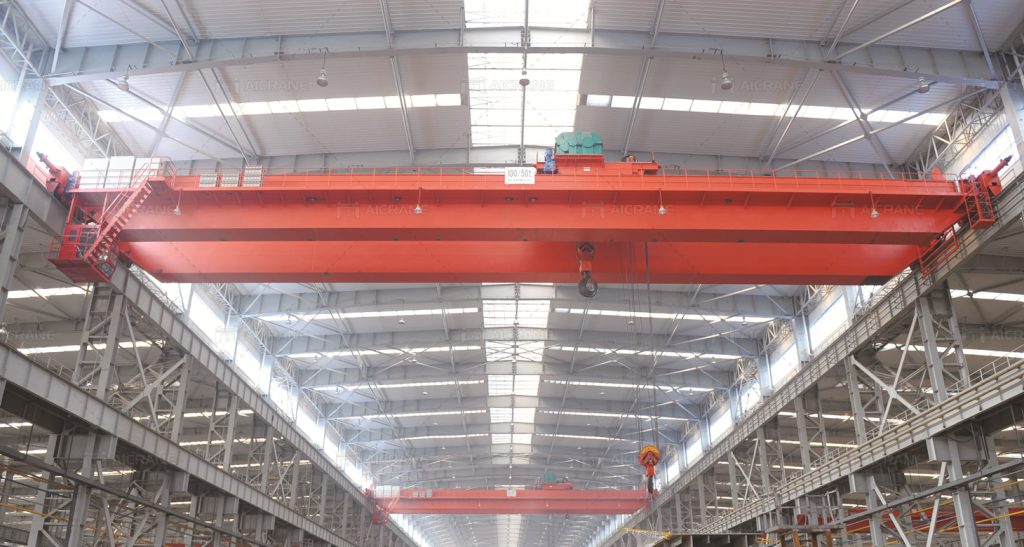Procuring a 50 ton overhead crane is a significant investment for industries requiring heavy lifting capabilities. Proper budgeting is essential to ensure the selection of a crane that meets operational needs while aligning with financial considerations. In this article, we explore the key factors involved in budgeting for a 50 ton overhead crane, including cost components, procurement strategies, and considerations for optimizing the investment.

Understanding the Cost Components
The cost of a 50 ton overhead crane comprises various components beyond the initial purchase price. It’s crucial to consider these factors when budgeting:
- Base Price: The base price of the crane, which includes the cost of manufacturing and basic components.
- Installation and Assembly: Expenses related to crane installation, including site preparation, assembly, and commissioning.
- Additional Features: Optional features and customizations such as specialized controls, safety enhancements, or automation systems.
- Training and Certification: Costs associated with operator training and certification to ensure safe and efficient overhead crane operation.
- Maintenance and Repairs: Anticipated expenses for routine maintenance, inspections, and potential repairs over the crane’s lifespan.
- Operating Costs: Factors like electricity usage, lubricants, and replacement parts that contribute to ongoing operational expenses.
- Insurance and Regulatory Compliance: Costs for insurance coverage, permits, and compliance with safety regulations.
Factors Influencing Cost Variations
Several factors influence the variability in 50 ton overhead crane prices:
- Manufacturer: Different manufacturers offer cranes with varying features, quality, and pricing.
- Customization: Tailoring the crane to specific operational requirements may increase costs.
- Technology and Innovation: Advanced features like remote control, load monitoring systems, or automation can impact the price.
- Market Conditions: Fluctuations in raw material costs, labor rates, and market demand can affect crane prices.

Procurement Strategies and Considerations
Effective procurement involves strategic planning and considerations to optimize budget allocation:
- Define Requirements: Clearly outline operational needs and performance expectations to select the most suitable crane.
- Research Suppliers: Evaluate reputable crane manufacturers and suppliers, considering quality, reliability, and after-sales support.
- Request for Proposals (RFPs): Issue detailed RFPs to potential suppliers to gather competitive bids and compare offerings.
- Total Cost of Ownership (TCO): Consider the lifetime costs of owning and operating the crane, not just the initial purchase price.
- Negotiation: Engage in negotiations with suppliers to explore cost-saving opportunities, such as volume discounts or bundled services.
- Long-Term Planning: Factor in future expansion or changes in operational requirements when selecting a crane model.
Optimizing the Investment
To maximize the investment in a 50 ton overhead crane, organizations can take the following steps:
- Invest in Quality: Prioritize reliability and performance over solely focusing on upfront costs.
- Training and Safety: Allocate resources for operator training and implement robust safety protocols to minimize downtime and accidents.
- Predictive Maintenance: Implement predictive maintenance strategies to prolong crane lifespan and reduce unexpected repair costs.
- Utilization Monitoring: Track crane usage to identify opportunities for optimizing operations and resource allocation.
- Continuous Improvement: Seek feedback from operators and stakeholders to identify areas for improvement and efficiency gains.
Budgeting for a 50 ton overhead crane requires careful consideration of cost components, procurement strategies, and optimization techniques. By understanding the factors influencing crane prices, defining operational requirements, and adopting effective procurement practices, organizations can make informed decisions that align with budgetary constraints and operational goals. Investing in a high-quality 50t double girder bridge crane and prioritizing safety and efficiency will ultimately contribute to long-term success and productivity in heavy lifting operations.